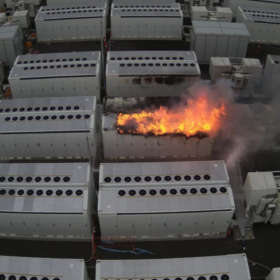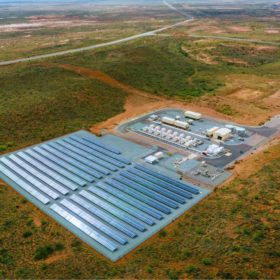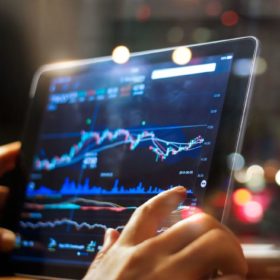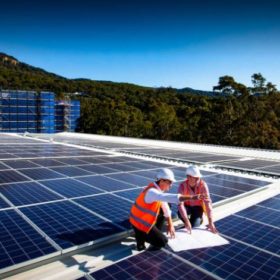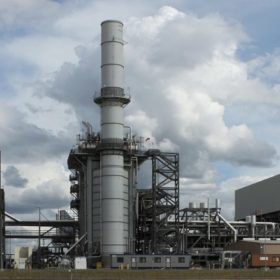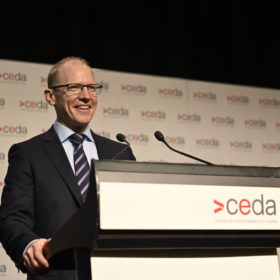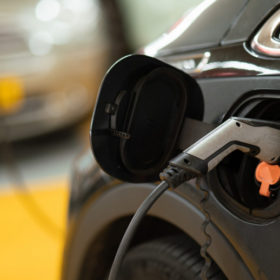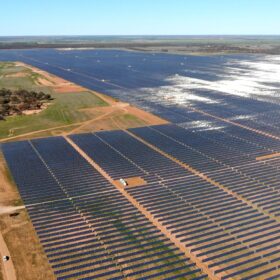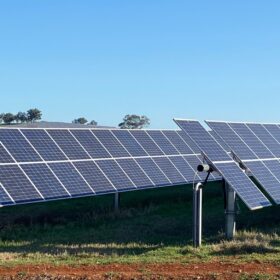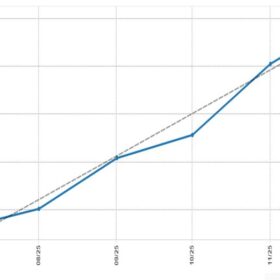Fire at Victorian Big Battery now under control
Speculation will be rife as to the cause of the fire which destroyed one Tesla Megapack and damaged another in Moorabool on Friday. Investigators are waiting until the site is deemed safe to begin their forensic examination.
Saturday read: In conversation with UNSW’s Anna Bruce on distributed transformation
The time is now for the energy consumer, says Anna Bruce, as energy “prosumers” produce, consume, and provide electricity and grid services in previously unimagined ways. Bruce, a senior lecturer at the University of New South Wales’ School of Solar Photovoltaic and Renewable Energy Engineering (SPREE), leads work on the role of distributed energy resources in the energy transition, analysing firsthand the dizzying level of complexity it brings.
Bushfire affected and rural Indigenous communities among 20 projects funded to explore microgrid solutions
The federal government has allocated $25.6 million to support 20 microgrid feasibility studies, including in communities affected by the Black Summer bushfires, which left regions without power for weeks.
TransGrid on track with critical infrastructure upgrades
Transmission network operator TransGrid has confirmed works on two high priority electricity infrastructure projects which will allow for more renewable energy to be connected to the National Electricity Market have reached major milestones.
Wind and solar PV penetration rises to record levels in NEM
The evolution of Australia’s electricity grid continues at pace with the nation’s newest large-scale wind and solar projects helping produce a string of renewable energy production records in the National Electricity Market.
Wollongong Uni to host renewable energy focused training centre
The University of Wollongong has secured $5 million in federal government funding to establish a renewable energy focused training centre which will address the “complex and challenging issues” currently limiting the growth of renewables, including solar PV and wind energy in Australia.
Hydrogen-fired gas turbines vs. lithium-ion storage
According to a new study from the Massachusetts Institute of Technology, hydrogen-fired gas plants will compete with lithium-ion storage for seasonal storage and their competitiveness will strictly depend on the heat rate of the gas power plants they may replace.
Machine learning forecast tool tipped to improve grid stability
Researchers from Melbourne’s Monash University have unveiled new machine learning technology which has already delivered a 45% improvement in the precision of power output forecasts at large-scale wind and solar farms and could potentially pave the way for increased renewable energy penetration in the grid.
Australia’s grid to be ready for instances of 100% renewables by 2025 to end asset constraints, AEMO boss clarifies
In his first public address, the newly appointed head of the Australian Energy Market Operator significantly upped the Operator’s ambitions for renewable penetrations in the grid, conveying the importance of no longer constraining what he called ‘zero cost’ renewable energy assets.
ANU opens new lab dedicated to testing distributed energy resources
The Australian National University today opened its Distributed Energy Resources Lab, dedicated to researching and testing technologies including batteries, solar panels and electric vehicles which it says will “underpin the energy grids of the future”.
